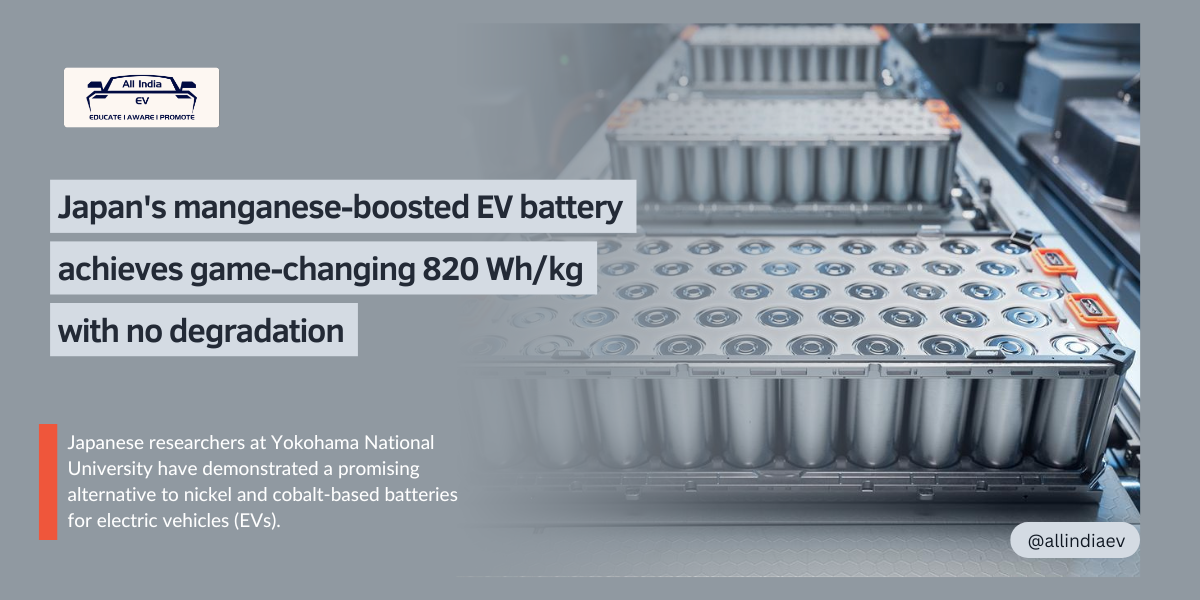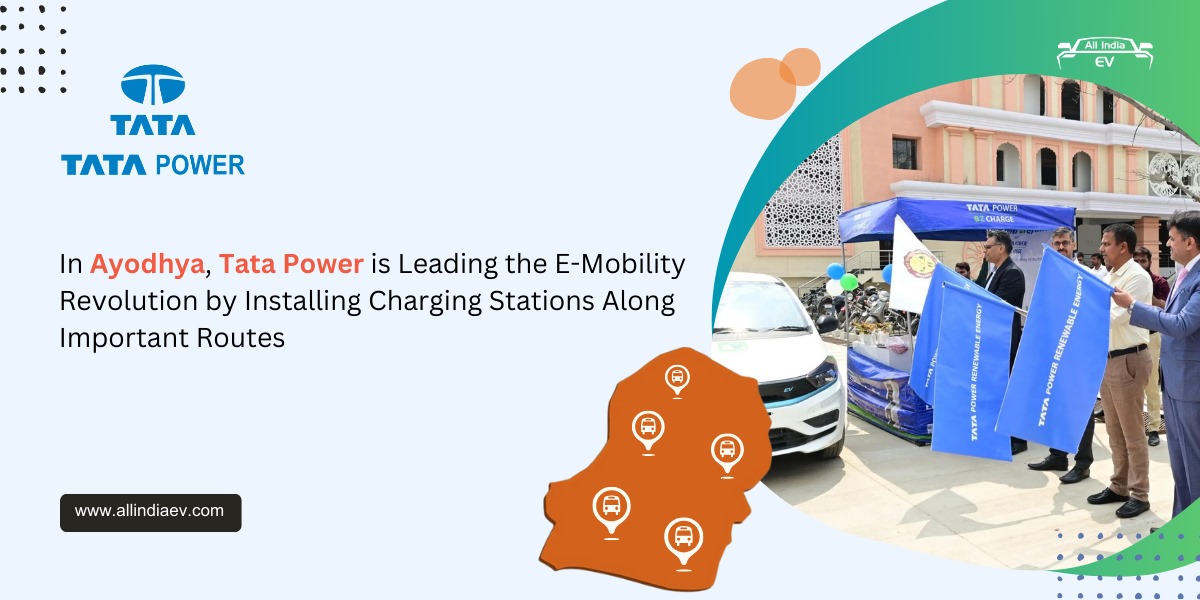
Japanese Innovation: Manganese Battery Sets New Record
Researchers in Japan from Yokohama National University have recently taken a large step forward in the ongoing search for electric vehicle (EV) batteries that are somewhat more sustainable and somewhat more efficient. Their battery that uses manganese in the anode is characterized by exceptionally high energy density. This discovery holds promise as a traditional batteries that use nickel and cobalt related to both cost and environmental challenges.
A Monoclinic Marvel: Enhancing LiMnO2 Batteries
Yokohama National University researchers have revealed a key to enhance the performance of LiMnO2 batteries. By employing modern X-ray diffraction, scanning electron microscopy, and electrochemical techniques to analyze the material’s structure and performance, a team led by Naoaki Yabuuchi showed that a monoclinic layered domain is an essential feature to kick off a structural transition to a spinel-like phase which greatly enhances the performance of the LiMnO2 electrode.
The monoclinic system—a crystalline structure—functions as a catalyst. Which is done to initiate the phase transition while improving the overall performance of the electrode. LiMnO2 electrodes in the former phase before the transition display poor performance.
With this knowledge, Yabuuchi’s team was able to create a convenient solid-state method to directly synthesize nanostructured LiMnO2 that contains the monoclinic layered domain structures of high surface area. This novel method is not only convenient, but also eliminates the need for another manufacturing step, and is a less expensive way to manufacture high-performance LiMnO2 electrodes.
A Manganese Milestone: A New Era for EV Batteries
Researchers from Yokohama National University have reached a milestone in battery technology. However, the LiMnO2-based battery has exceeded performance expectations, outcompeting nickel-based batteries in energy density. It has an energy density of 820 watt-hours per kilogram (Wh/kg) as compared to 750 wh/kg of nickel-based batteries and 500 Wh/kg of traditional lithium-based batteries.
A promising benchmark of this study was the draining of voltage decay. This differs from other electrodes that use manganese, as the LiMnO2 electrode showed little voltage decay. Manganese dissolution is still a concern, which the researchers are aware of. What they ultimately want to do is use a highly concentrated electrolyte solution and lithium phosphate coating to minimize the chances of manganese loss.
The researchers are confident that their research is ushering in a new generation of competitive EV battery cells. Also, their technology represents a sustainable and environmentally friendly change in the battery landscape. The researchers are excited and looking forwards to accompany the transition to commercialization in the EV space.









